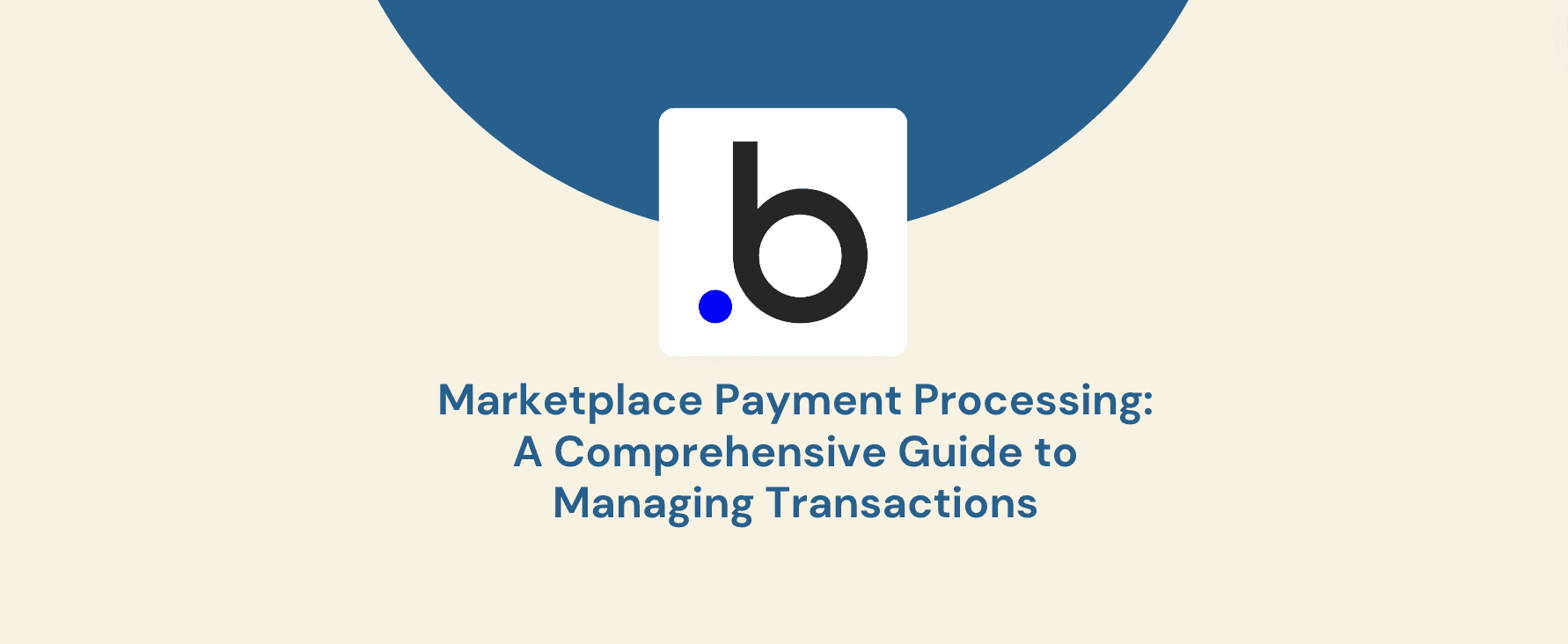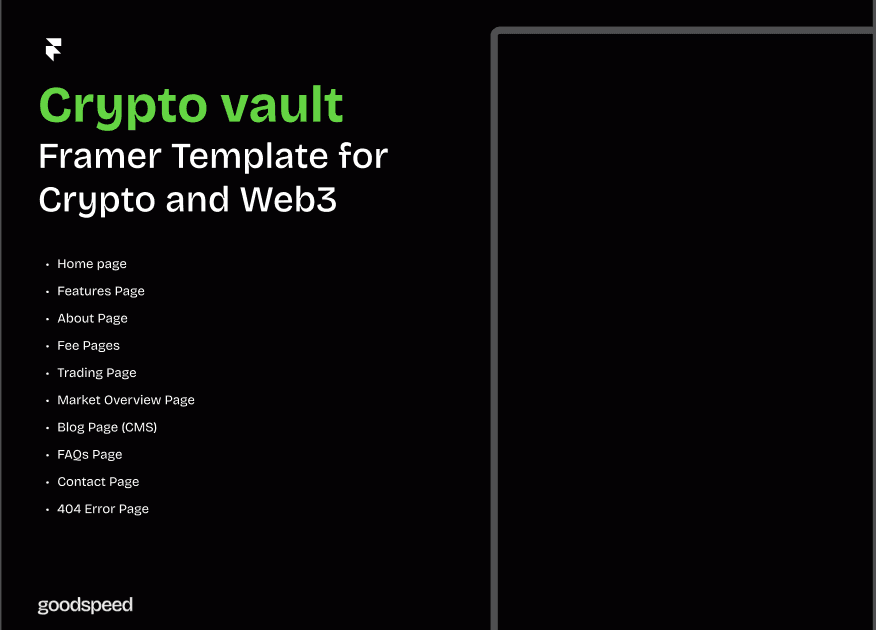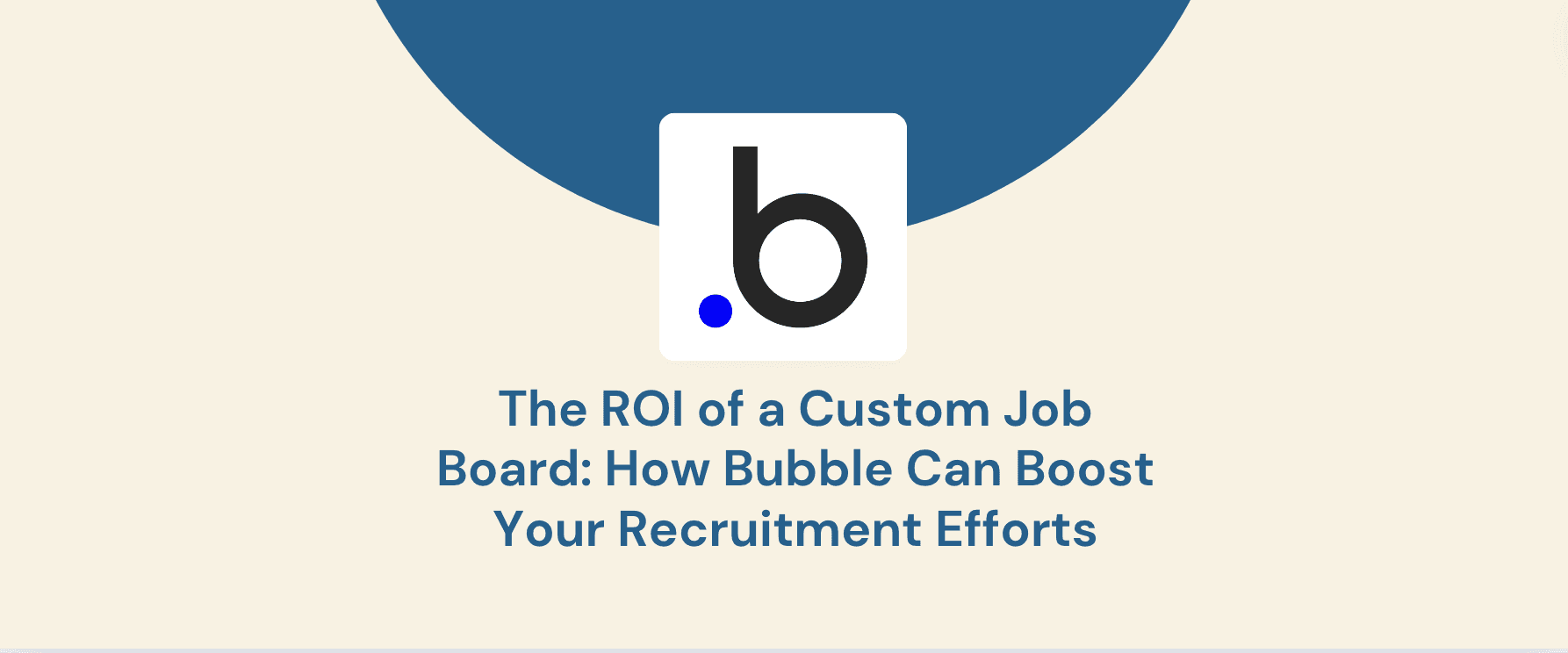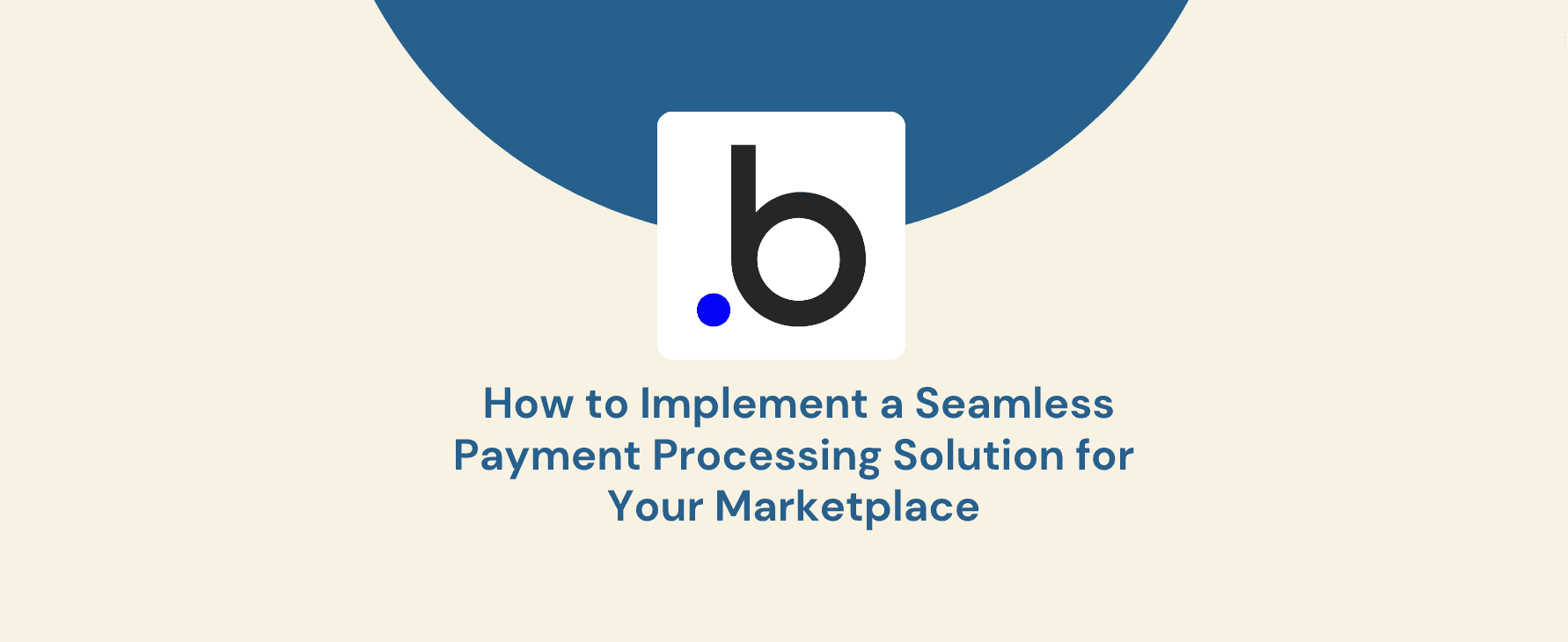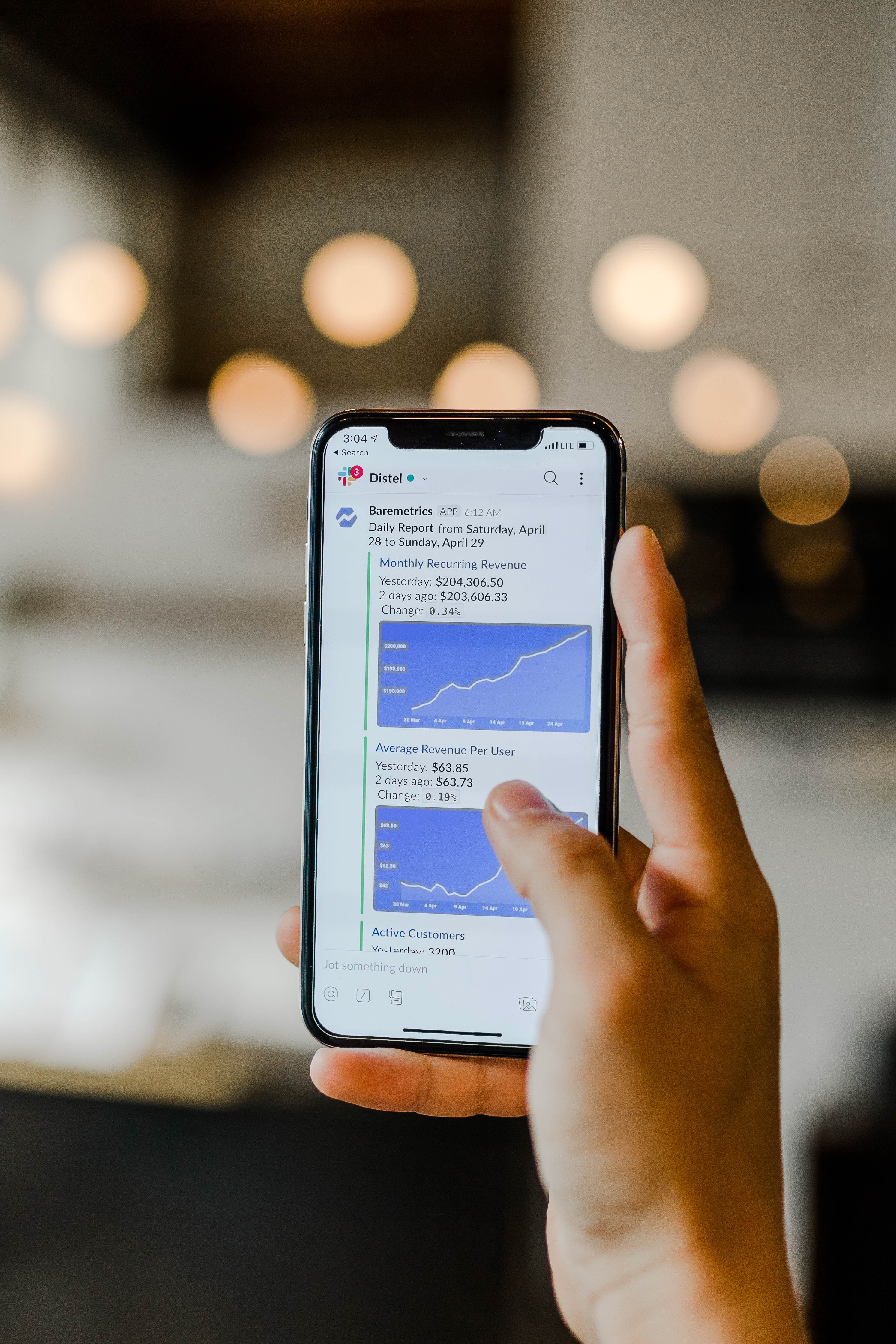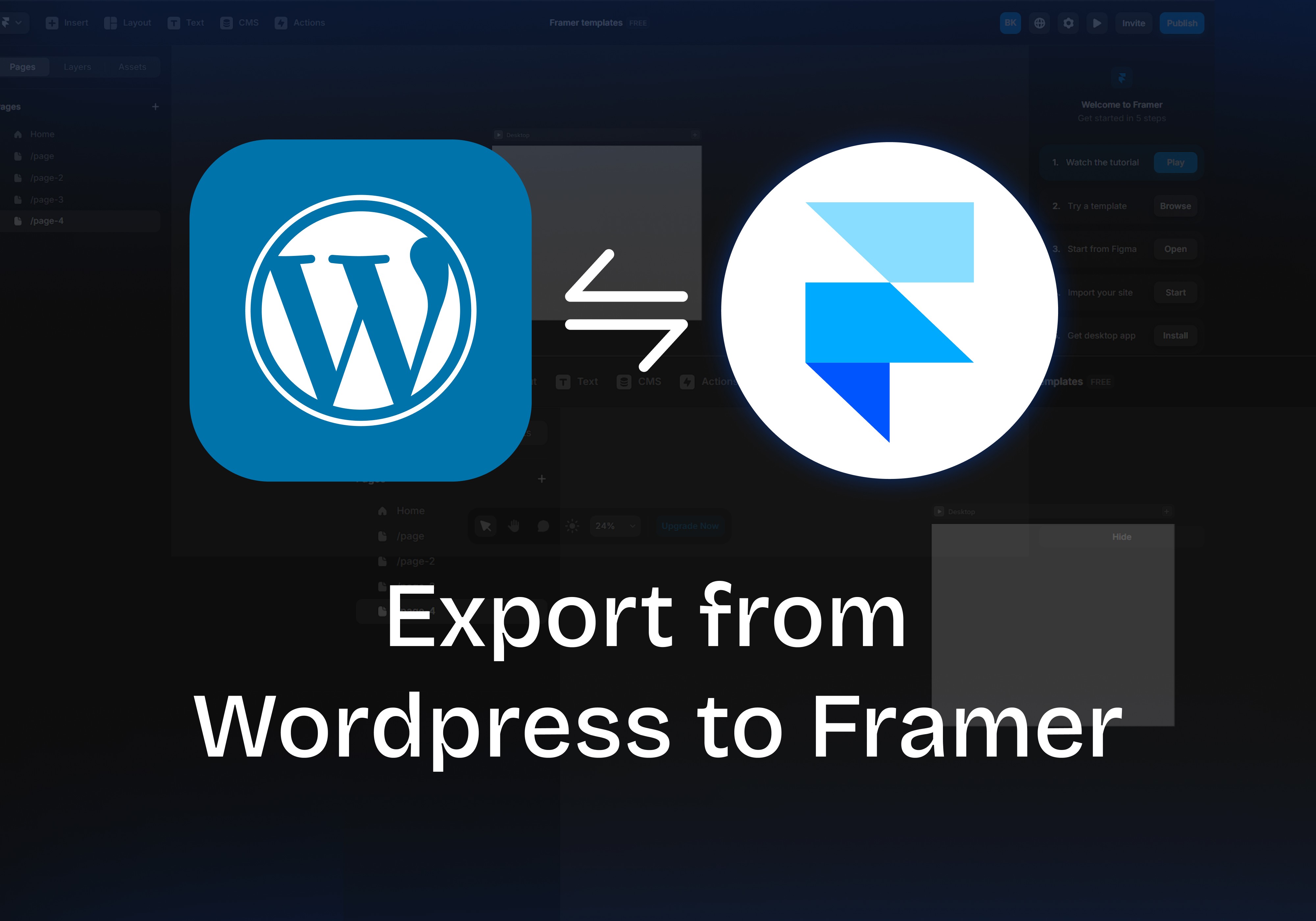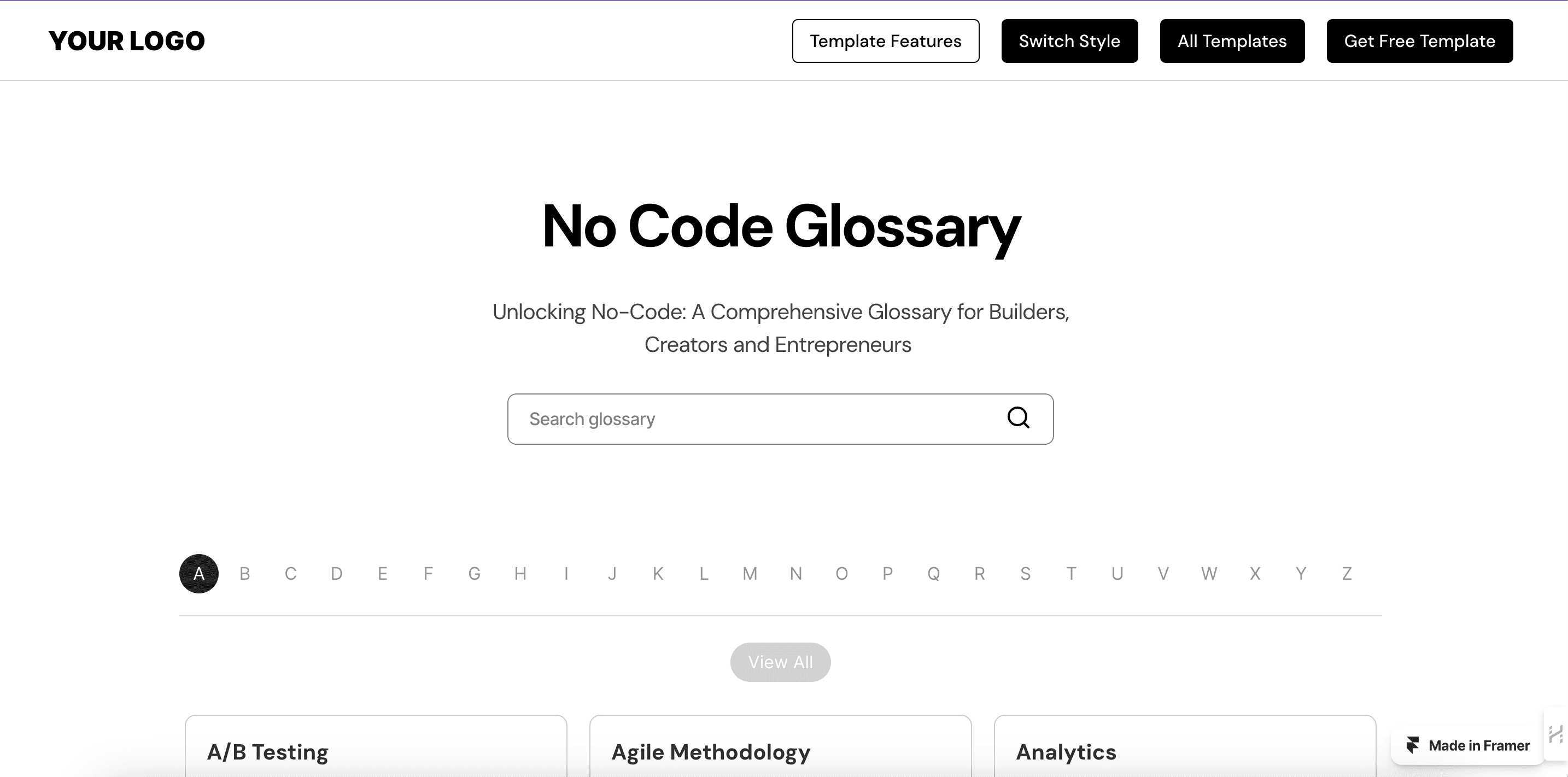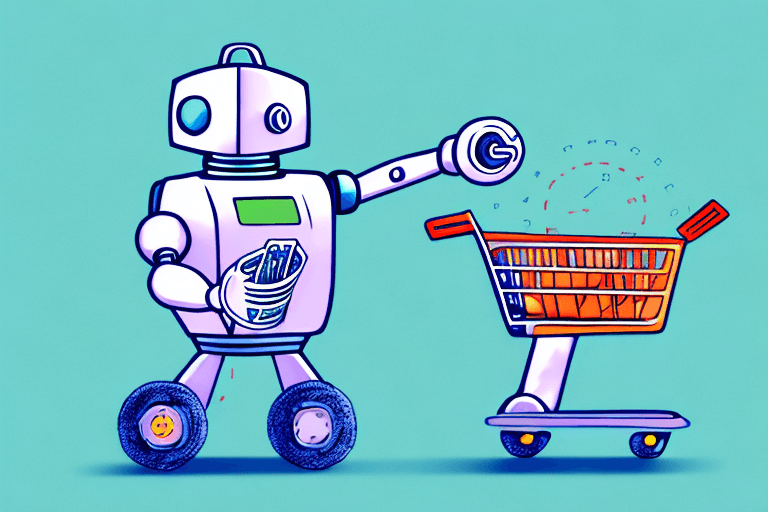Table of Contents
24 Jun 2024
Marketplace Payment Processing: A Comprehensive Guide to Managing Transactions
The rise of e-commerce has been fueled in no small part by the seamless and secure processing of online payments. For online marketplaces, where buyers and sellers connect to facilitate transactions, a robust payment processing system is the lifeblood of the business. It ensures a smooth user experience for both buyers and sellers, fosters trust within the marketplace ecosystem, and ultimately drives sales and revenue growth.
This comprehensive guide delves deep into the world of marketplace payment processing, equipping you with the knowledge and insights necessary to effectively manage transactions on your online platform. We'll explore the different models in play, the key players involved, and the various payment methods and solutions available. We'll also delve into critical aspects like fraud prevention, security, compliance, and choosing the right payment processor for your marketplace. Finally, we'll offer valuable strategies for optimizing your payment processing to maximise conversions and streamline your business operations.
Understanding Marketplace Payment Processing
Marketplace payment processing refers to the system that facilitates the secure and efficient transfer of funds between buyers and sellers on an online marketplace platform. Unlike traditional e-commerce where the transaction happens directly between the store and the customer, marketplaces manage a three-sided transaction flow.
There are three primary models for marketplace payment processing:
Merchant-Led Model: In this model, the responsibility for processing payments falls on individual sellers. They establish their own merchant accounts with payment processors and are responsible for managing transactions independently. While this offers sellers greater control, it can be cumbersome for buyers who may have to navigate different checkout processes for each seller.
Platform-Led Model: Here, the marketplace platform takes complete control of the payment process. Buyers make a single payment to the platform, which then handles the disbursement of funds to sellers after deducting any fees or commissions. This simplifies the checkout process for buyers but requires a robust payment processing infrastructure for the platform.
Hybrid Model: This model combines elements of both the merchant-led and platform-led models. The platform may integrate with third-party payment processors while offering sellers the option to manage their own merchant accounts if desired. This offers a balance between control and convenience for both buyers and sellers.
Each model has its own set of advantages and disadvantages, and the best choice for your marketplace will depend on various factors such as your target audience, the types of products or services offered, and your overall business strategy.
Key Players in Marketplace Payment Processing
The smooth flow of transactions within a marketplace relies on the seamless collaboration of several key players. Here's a breakdown of their roles and responsibilities:
Payment Gateways: Imagine a payment gateway as the secure entry point for all transactions. It acts as an intermediary between your marketplace and the payment processor, encrypting sensitive customer information like credit card details and ensuring its safe transmission. Payment gateways typically don't hold funds themselves; they simply act as a bridge between your platform and the processor.
Payment Processors: These are the financial institutions that handle the actual authorization, settlement, and clearing of transactions. Once a customer initiates a payment on your marketplace, the payment gateway securely transmits the information to the processor. The processor verifies the customer's details with the issuing bank and, upon approval, transfers the funds to the merchant account associated with the seller.
Payment Aggregators: These are one-stop shops that combine the functionalities of both payment gateways and processors. They handle the entire payment flow, simplifying the process for marketplace owners. Payment aggregators offer a convenient solution, but their fees can be higher compared to using separate gateway and processor services.
Payment Methods and Solutions
To cater to a diverse customer base and maximize convenience, offering a variety of payment methods is crucial for your marketplace. Here's a look at some popular options:
Credit and Debit Cards: These remain the most widely used online payment methods. Partnering with a payment processor allows your marketplace to accept major credit and debit cards like Visa, Mastercard, and American Express.
Digital Wallets: Platforms like Apple Pay, Google Pay, and PayPal offer a secure and fast way for customers to pay using their stored credentials. Integrating these options into your marketplace streamlines the checkout process and enhances user experience.
Bank Transfers: For certain transactions, especially high-value purchases, bank transfers may be preferred. Your chosen payment processor should support ACH (Automated Clearing House) transfers, which facilitate secure electronic bank transfers within your marketplace.
Beyond the specific payment methods, there are also different solutions for integrating them into your marketplace:
Hosted Payment Pages: These are secure payment pages hosted by your payment processor. When a customer clicks "pay" on your marketplace, they're redirected to a secure payment page where they can enter their details. Once the payment is complete, they're redirected back to your marketplace.
API Integrations: For a more seamless user experience, consider integrating payment processing directly into your marketplace platform using an Application Programming Interface (API). This allows customers to complete the entire transaction without leaving your platform.
Mobile Payments: With the growing use of smartphones, offering mobile payment options like Apple Pay and Google Pay is essential. Integrating these options simplifies the checkout process for mobile users and increases conversion rates.
Fraud Prevention and Security
Fraudulent activity within your marketplace can not only damage your reputation but also lead to financial losses. Therefore, prioritizing robust fraud prevention and security measures is essential. Here are some key strategies to consider:
2-Factor Authentication (2FA): This adds an extra layer of security by requiring users to verify their identity beyond just a username and password. This can involve entering a code sent to their phone or email after login attempts.
3-D Secure: This industry-standard protocol adds an extra layer of security for credit card transactions. During checkout, the customer is redirected to their bank's authentication page to verify the transaction before it's processed.
Tokenization: This replaces sensitive card data with a unique token, minimizing the risk of data breaches. Even if hackers gain access to your system, they cannot use the tokenized data to make unauthorized transactions.
Address Verification System (AVS): This system compares the billing address entered by the customer with the information on file with their bank. Mismatches can be flagged for further review, potentially preventing fraudulent transactions.
Card Verification Value (CVV): This three-digit code on the back of a credit card provides an additional layer of security. It's not typically stored electronically, making it harder for fraudsters to use stolen card details.
Regular Monitoring: Implementing systems to monitor transaction activity for suspicious patterns can help identify potential fraud attempts. Partnering with a payment processor that offers advanced fraud detection tools can further enhance security.
By implementing a combination of these measures, you can significantly reduce the risk of fraud and create a secure environment for all users within your marketplace.
Compliance and Regulations
Operating a marketplace carries the responsibility of adhering to various compliance and regulatory requirements. These regulations are designed to protect consumer data and ensure the smooth functioning of financial transactions. Here's an overview of some key regulations:
Payment Card Industry Data Security Standard (PCI-DSS): This set of standards outlines essential security measures that merchants and service providers must implement to protect cardholder data. Compliance with PCI-DSS is mandatory for any business that accepts credit card payments.
General Data Protection Regulation (GDPR): This regulation, applicable in the European Union (EU), governs the collection, storage, and use of personal data. If your marketplace operates within the EU or caters to EU customers, you must comply with GDPR to ensure user data privacy.
Failing to comply with these regulations can lead to hefty fines, reputational damage, and even legal action. It's essential to consult with legal and compliance professionals to ensure your marketplace operates within the relevant regulatory framework.
Choosing the Right Payment Processor
Selecting the right payment processor for your marketplace is a crucial decision that can significantly impact your business operations and customer experience. Here are some key factors to consider:
Fees: Payment processors typically charge a combination of fees, including transaction fees, monthly fees, and chargeback fees. Compare the fee structures of different processors and choose one that aligns with your business model and projected transaction volume.
Integrations: Seamless integration with your existing marketplace platform is essential. Ensure the payment processor offers an API or other integration tools that enable a smooth checkout experience for your users.
Supported Payment Methods: Cater to your target audience by offering a variety of payment methods. Choose a processor that supports the most popular options, including credit cards, debit cards, digital wallets, and bank transfers.
Security Features: Prioritize robust security measures to protect your marketplace and its users. Look for a processor that offers advanced fraud prevention tools, PCI-DSS compliance, and data encryption capabilities.
Customer Support: Reliable customer support is crucial for troubleshooting any payment processing issues that may arise. Choose a processor that offers timely and efficient support channels for both you and your marketplace users.
Global Reach: If your marketplace has international aspirations, consider the processor's global capabilities. Ensure they support transactions in multiple currencies and comply with relevant international regulations.
Reputation: Opt for a reputable payment processor with a proven track record of reliability and security. Research online reviews and testimonials from other businesses to gain insights into their experience.
By carefully evaluating these factors, you can select a payment processor that empowers your marketplace for smooth and secure transactions, fostering trust and enhancing the user experience.
Here's a brief overview of some popular payment processors for marketplace applications:
PayPal: A widely-recognized payment solution offering a variety of features, including buyer and seller protection.
Stripe: A popular choice for online businesses, known for its ease of use and developer-friendly APIs.
Authorize.net: A reputable processor offering robust security features and a wide range of integrations.
Braintree: A PayPal subsidiary specializing in mobile and in-app payments.
These are just a few examples, and the best choice for your marketplace will depend on your specific needs and priorities. Consider conducting further research into these and other processors to find the ideal fit.
Optimizing Payment Processing for Marketplaces
A smooth and efficient checkout process is paramount for maximizing conversions and user satisfaction within your marketplace. Here are some strategies to optimize your payment processing for optimal performance:
Reduce Checkout Friction: Streamline the checkout process by minimizing the number of steps required for users to complete their transactions. Offer guest checkout options and pre-populate user information whenever possible to reduce form filling.
Offer Multiple Payment Methods: Cater to a wider audience by providing a variety of payment options, including credit cards, debit cards, digital wallets, and bank transfers. This flexibility empowers users to choose their preferred payment method, increasing the likelihood of successful transactions.
Use Data to Improve Conversions: Analyze payment data to identify potential bottlenecks or drop-off points within your checkout process. Use this data to refine your user interface, optimize button placement, and address any factors that may be hindering conversions.
A/B Testing: Continuously test different variations of your checkout process using A/B testing methods. This allows you to compare different layouts, button designs, and messaging to identify the elements that drive the highest conversion rates.
Mobile Optimization: With the growing use of mobile devices, ensuring your checkout process is optimized for mobile users is crucial. Implement responsive design to ensure a seamless user experience on all devices, minimizing friction for mobile shoppers.
Clear Communication: Provide clear and transparent communication throughout the checkout process. Inform users about accepted payment methods, security measures, and any associated fees upfront to avoid confusion and build trust.
Offer Fast Loading Times: Slow loading times can lead to cart abandonment during checkout. Optimize your website and integrate your payment processor efficiently to ensure a fast and responsive checkout experience.
By implementing these optimization strategies, you can create a user-friendly and efficient payment processing system that fosters a positive experience for your marketplace users and maximizes your business success.
Marketplace payment processing plays a pivotal role in facilitating secure and seamless transactions within your online platform. By understanding the different models, key players, and available solutions, you can equip yourself with the knowledge to optimize your payment processing for optimal performance. Remember, prioritizing robust security measures, adhering to relevant regulations, and selecting the right payment processor are essential for building trust and fostering a thriving marketplace environment.
Take control of your marketplace's financial well-being. Evaluate your current payment processing system and consider implementing the strategies outlined in this guide.
Want to create a seamless and secure payment processing system for your marketplace? Consider Bubble.io - a powerful platform designed for building user-friendly online experiences. Contact Goodspeed, a team of Expert Bubble Developers, today and unlock the full potential of your online platform.
Frequently Asked Questions (FAQs)
1. Can I use my existing merchant account for my marketplace?
It depends on the payment processing model you choose. In a merchant-led model, sellers can potentially use their existing accounts. However, platform-led and hybrid models typically require a separate merchant account for the marketplace itself.
2. How can I ensure my marketplace protects user data?
Implement strong data security practices like encryption, regular security audits, and user access controls. Choose a payment processor with robust data security measures and ensure you comply with relevant data privacy regulations like GDPR and CCPA.
3. What happens if a customer disputes a transaction on my marketplace?
This is called a chargeback. Your chosen payment processor will typically have a process for handling chargebacks. It's crucial to have clear terms of service and dispute resolution policies for both buyers and sellers to minimize chargebacks.
4.Are there any additional fees associated with marketplace payments?
Yes, payment processors typically charge a variety of fees, including transaction fees, monthly fees, and chargeback fees. The specific fee structure will depend on the processor and your transaction volume.
5. How can I integrate a payment processor with my existing marketplace platform?
Many processors offer APIs or other integration tools that allow for seamless integration. These tools enable users to complete transactions without leaving your platform. Consider working with a developer experienced in integrating payment processors with your chosen platform (e.g., Bubble).

